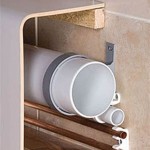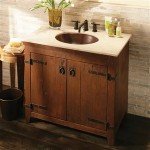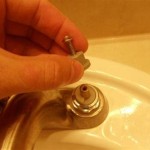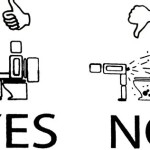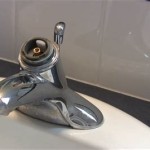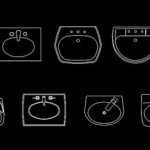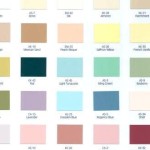Can You Clean Bathroom Tiles With Bleach?
Bleach is a powerful disinfectant that can effectively kill bacteria, viruses, and mold. It is often used to sanitize surfaces in bathrooms, kitchens, and other areas of the home. Bathroom tiles, in particular, are prone to accumulating dirt, soap scum, and mildew, making them ideal targets for bleach cleaning. However, it is important to use bleach cautiously and correctly to avoid damage to the tiles and potential health risks.
Understanding the Effectiveness of Bleach
Bleach is a highly effective disinfectant that can kill a wide range of microorganisms, including bacteria, viruses, and fungi. It works by oxidizing the cell walls of these organisms, disrupting their ability to survive and reproduce. This makes bleach particularly useful in cleaning bathroom areas, which are often exposed to moisture, creating an environment conducive to microbial growth.
When applied to bathroom tiles, bleach can effectively eliminate mold, mildew, and other types of bacteria that may be present. It can also help to remove stains and discoloration caused by soap scum, hard water deposits, and other substances. However, bleach is a strong chemical and should not be used indiscriminately. Using bleach correctly is crucial to ensure effectiveness without causing damage or harm.
Guidelines for Using Bleach on Bathroom Tiles
To ensure the safe and effective use of bleach on bathroom tiles, follow these guidelines:
- Dilution is Key: Never use bleach directly from the bottle. Always dilute it with water according to the instructions on the product label. A typical mixture is 1 part bleach to 10 parts water. This dilution ensures that the bleach is strong enough to disinfect but not so concentrated that it damages the tiles or releases harmful fumes.
- Ventilation is Essential: When using bleach, ensure adequate ventilation to avoid inhaling the fumes. Open windows and doors, and use a fan to circulate the air. It is also advisable to wear gloves and a mask to protect your skin and respiratory system from exposure.
- Test in an Inconspicuous Area: Before applying bleach to the entire tile surface, test it in an inconspicuous area. This helps to ensure that the bleach will not cause discoloration or damage to the tiles. If any adverse effects occur, discontinue use and consider alternative cleaning methods.
- Apply with Caution: Apply the diluted bleach solution to the tiles using a spray bottle or a damp cloth. Avoid saturating the tiles, as this can lead to damage or staining. Allow the solution to sit on the tiles for a few minutes before rinsing it off with water.
- Rinse Thoroughly: After cleaning with bleach, rinse the tiles thoroughly with water to remove all traces of the solution. Leaving bleach residue can damage the tiles and potentially cause discoloration. Ensure that the bathroom is well-ventilated during and after the rinsing process.
- Avoid Mixing with Other Cleaning Products: Never mix bleach with other cleaning products, particularly ammonia or vinegar. This can produce harmful fumes and could even be fatal. Always check the product labels for compatibility before mixing any cleaning solutions.
- Storage and Disposal: Store bleach in its original container in a cool, dry place, out of reach of children and pets. Dispose of bleach properly according to local regulations. Never pour bleach down the drain, as it can damage plumbing and contribute to environmental pollution.
Alternatives to Bleach for Cleaning Bathroom Tiles
While bleach is an effective disinfectant, it is not suitable for all bathroom tiles, and its strong fumes can be a concern for some people. Several alternative cleaning methods can be used for bathroom tiles, offering a gentler and less harsh approach.
For example, a solution of baking soda and water can be used to scrub away dirt and grime. White vinegar is another effective cleaner that can be used to remove soap scum and hard water deposits. Commercial tile cleaners specifically designed for bathroom tiles can also provide good results.
Ultimately, the best cleaning method for your bathroom tiles will depend on the specific type of tile, the level of soiling, and your personal preferences.

10 Things To You Need Clean With Bleach In The Bathroom Pinning Mama

How To Clean Floor Tile Grout In The Bathroom Clorox

10 Things To You Need Clean With Bleach In The Bathroom Pinning Mama

Can You Use Clorox To Clean Tile Grout The Medic

Cleaning Solutions That Contain Ammonia Or Bleach To Clean Grout

How To Clean With Bleach In A Bathroom Family Handyman

Black Mold In The Shower How To Clean It Kitchen With Matt

I M A Professional Cleaner This Is Why You Should Never Bleach Your Bathroom And What To Use Instead The Sun

7 Ways To Clean Your Bathroom With Bleach

Woman Transforms Bathroom With Sdy Cleaning Daily Mail
Related Posts

